Collins Aerospace, a division of RTX, has been selected by Boeing Defense to supply 144 ACES II ejection seats for the U.S. Air Force’s F-15EX fighter jets.
The contract extends Collins’ longstanding role in equipping USAF aircraft with advanced ejection seat technology aimed at enhancing aircrew survivability.
The F-15EX is the latest iteration of the Eagle fighter series, integrating modern avionics and combat capabilities while maintaining the aircraft’s proven airframe. Collins Aerospace describes its ACES II ejection seat as the ideal fit for the aircraft, given its track record of reducing ejection-related injuries and enhancing pilot survivability.
Sharon Tabori, vice president and general manager of Integrated Mission Solutions at Collins Aerospace, spoke on the seat’s role in improving pilot safety:
“The F-15EX is the most advanced Eagle ever built, combining cutting-edge technology with a proven airframe, which makes Collins’ ACES II ejection seat the perfect fit for this aircraft. Our ACES family of ejection seats are the safest option available because of the advanced technologies we’ve incorporated. Having it installed on the F-15EX will give aircrew confidence to complete their most challenging missions, knowing that their ejection seat will work when they need it most.”
The ACES (Advanced Concept Ejection Seat) system has been in operation since 1978, credited with saving over 700 lives. Collins’ ACES II seats are currently used across 29 air forces worldwide, equipping aircraft such as the A-10, F-15, F-16, F-22, B-1, and B-2 fleets.
The F-15EX acquisition programme forms part of the U.S. Air Force’s efforts to modernise its fleet, providing enhanced combat capabilities while ensuring pilot safety through advanced ejection systems.
Work on the ACES II ejection seats will be conducted at Collins Aerospace’s facility in Colorado Springs, Colorado. The contract strengthens Collins’ partnership with Boeing and the U.S. Air Force, reinforcing the importance of modern ejection systems in combat aviation safety.



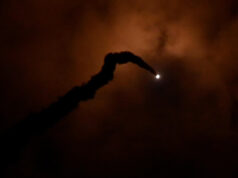

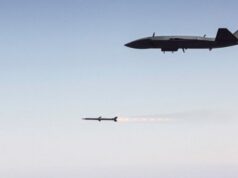
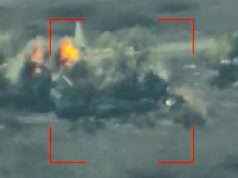
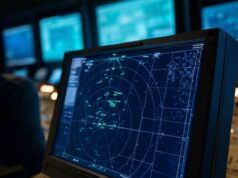
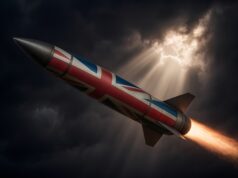
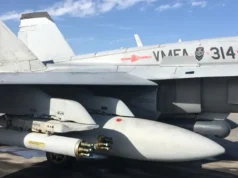

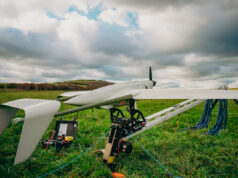

What a missile loadout!!14 x AMRAAM and 2 x AIM-9Xs. I wonder if anything like this has been tried on the Typhoon? Will the Tempest be able to carry something like this?
A real F15EX has never flown in that configuration. At has flown carrying 12 AMRAAMs. But not with 16 missiles. There is a CGI image of a Typhoon carrying 12 Meteor and 2 ASRAAM knocking around the Internet. But again. Not seen in real life. Nobody knows yet what Tempests internal weapons bays will be able to carry in terms of loadout.
The F15EX dies have an impressive load out. But then it’s being relegated to the backs as a missile truck for the F22 and F35. Neither of which can carry a significant war load internally for air to air missions. Four soon to be six BVRAAM for the F35A/C and six BVRAAM in the main bay plus a pair of Sidewinders in the side bays. The loyal wingman for our F35Bs can’t come soon enough. As it will help boost the number of air to air weapons in a combat air patrol for example.
On the back of this are recent images of China’s J20. Which has been seen in beast mode. Where along with the four internally carried BVRAAM and two side bay WVRAAM. It was seen with an additional four BVRAAMs on two twin launchers under each wing. Making a total of 12 BVRAAMs and two WVRAAMs. I’ve yet to see Russia’s SU-57 in a beast mode, but I’m sure they will do the same. As it’s pretty weak in the number of air to air weapons it carries internally. With four BVRAAMs and two WVRAAMs. Though they have been testing the S70 Okhotnik-B drone teamed with the Su-57. Which should be able to carry at least four BVRAAMs.
As far as the Tylhoon goes there have been computer generated images showing it fitted with 12 BVRAAMs by using two twin rail launchers under the wings. Along with 4 ASRAAMs on a pair of twin rail launchers.
There are some issues that need to be addressed. Firstly is the impingement of the launching missile’s rocket plume on the neighboring missile’s nose cone/optical window for X number of seconds. Will it cope? The second is the airflow interaction between a neighboring pair of missiles. This is especially important when the launching missile leaves the rail. As the airflow can cause the missile to either tip up/down or turn left or right. Where it may then strike the aircraft. As in the Typhoon, this can in some cases be mitigated by pointing the launcher down away from the wing. But will need CFD and wind tunnel testing before a test flight.
Surprised they haven’t ordered ACES 5, by Collins own spec it can be a direct replacement for ACES II and it’s envelope Is huge. Pretty much only thing out of envelope is inverted below 150ft